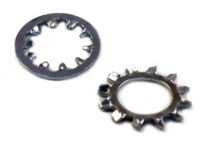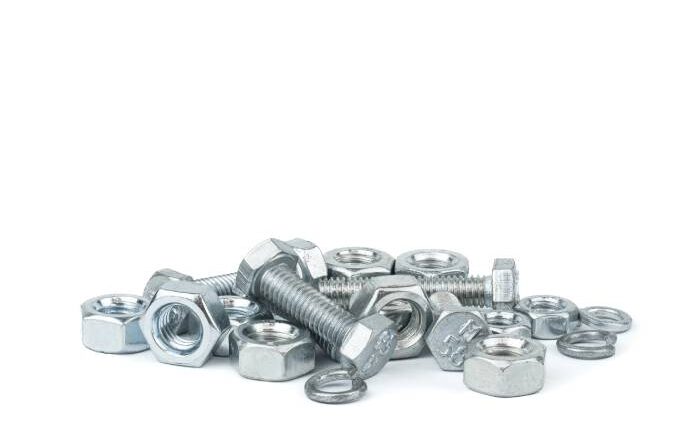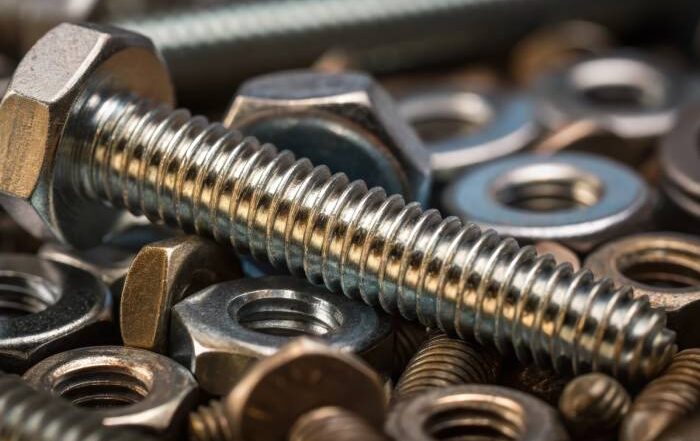
Washers come in all shapes and sizes for a variety of uses. Lock washers are designed specifically to fix nuts and bolts in place and prevent them from coming loose. Not everybody knows exactly what lock washers are, or when and how to use them. Let’s take a look at the design and functions of lock washers.
What are lock washers?
Lock washers are metallic fasteners – usually made of stainless steel, but can also come in aluminum, bronze, or phosphor bronze. There are several different types, including split washers and star washers. Their function is to prevent nuts and bolts from turning, slipping, and coming loose as a result of vibration or torque.
Lock washers work by preventing the bolt from rotating. Nuts also serve this purpose, but they are susceptible to vibrations themselves and are prone to loosening. Lock washers provide extra security against vibration and torque, locking the bolt firmly in place.
The most common type of lock washer is a helical lock washer, also known as a split washer. It looks like a ring with two uneven ends offset from one another. These ends bite into the fastener, keeping it from turning.
A common alternative to helical washers are internal-tooth washers. As the name suggests, these washers have teeth on the inside of the rings, which make contact with the fastener near the head and hold it in place.
Another design is the external-tooth washer, which has its teeth on the outside of the ring. Whereas internal-teeth washers are better suited with fasteners with small heads, external-ring ones are better suited to fasteners with large heads.
For projects requiring more torque, pyramidal lock washers are recommended. On the other hand, dome-type washers are indicated where thin or soft materials are being used, as they distribute the load over a wider area, allowing for higher torque. Dish lock washers are similar but can be used in applications with lower torque.
When should you use lock washers?
The question of when to use lock washers essentially comes down to whether or not there is a risk of fasteners coming loose in your particular application. They are often used in the transport industry when fastening components in cars, planes and marine vessels, as fasteners can easily loosen in these applications due to vibration. They are also used in household appliances such as washing machines. Lock washers are extremely useful in any situation where nuts and bolts need a bit of extra security to stay in place when they could potentially be shaken loose.
How do you use lock washers?
The lock washer should be placed under your threaded fastener – i.e., underneath a nut or the head of a screw or bolt. In assemblies where you have a nut and a bolt, the washer should be placed between the nut and the head of the bolt. You can then tighten the threaded fastener as normal. The lock washer must sit tightly and securely against both surfaces.
How to remove lock washers
Most lock washers are easy to remove unless they have become stuck in position over time. After removing the nut or threaded fastener, you simply pry the lock washer loose with a flat screwdriver. If the washer is stuck, spraying a little penetrating lubricant should help to get it loose. Most lock washers can only be used once and can be discarded after removal.
If you need lock washers or any other stainless steel fasteners, contact Marsh Fasteners.
For more information and advice on the benefits of lock washers as well as our specific range of stainless steel fasteners, contact us via email or telephone at Marsh Fasteners today.



